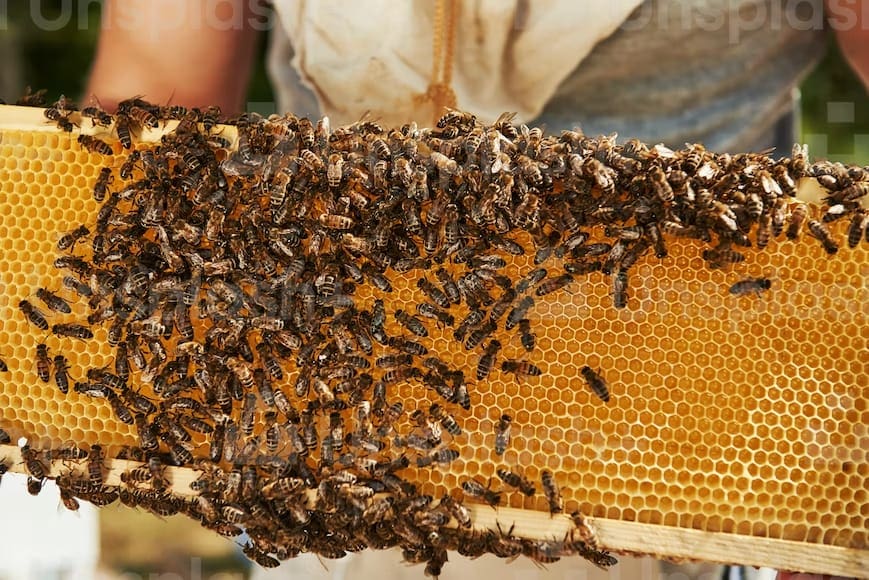Are Bees Rebounding?

The significance of bees in our ecosystems cannot be overstated. These industrious insects play a crucial role in pollinating plants, which is integral to food production and biodiversity. However, in recent years, there has been a growing concern about the decline of bee populations worldwide. This decline is alarming, as it threatens food security and the health of ecosystems. But recent reports suggest that there may be signs of hope. This article delves into the current state of bee populations, the factors affecting their numbers, and whether we can confidently say that bees are rebounding.
Quick Info Table: Current State of Bee Populations
| Aspect | Current Status |
|---|---|
| Global Decline Rate | 30% to 40% in some regions |
| Species at Risk | Approximately 1 in 4 species |
| Recovery Initiatives | Local beekeeping and habitat restoration |
| Significant Factors | Pesticides, habitat loss, climate change |
| Positive Signs | Increased public awareness and conservation efforts |
The Importance of Bees
Vital Pollinators
Bees are among the most effective pollinators, responsible for pollinating approximately 75% of the world’s flowering plants and about 35% of global food crops. This includes essential fruits, vegetables, and nuts, making them vital for human nutrition and agriculture. Without bees, many plants would struggle to reproduce, leading to reduced crop yields and food shortages.
Biodiversity Support
In addition to their agricultural contributions, bees support biodiversity. By pollinating a wide variety of plants, they help maintain the health of ecosystems. This, in turn, supports other wildlife, creating a balanced environment where various species can thrive.
Factors Leading to Decline
Pesticides
One of the most significant factors contributing to the decline of bee populations is the use of pesticides, particularly neonicotinoids. These chemicals can be toxic to bees, affecting their ability to forage, reproduce, and navigate. Studies have shown that exposure to these pesticides can lead to decreased survival rates in bee colonies.
Habitat Loss
Urbanization and agricultural expansion have led to habitat loss, with many bee species losing their natural environments. The fragmentation of landscapes reduces the availability of food sources and nesting sites, making it increasingly difficult for bees to thrive.
Climate Change
Climate change is also a critical factor affecting bee populations. Changes in temperature and precipitation patterns can disrupt the timing of flowering plants, which can lead to mismatches between when bees are active and when food sources are available. Additionally, extreme weather events can directly impact bee colonies.
Signs of Hope: Are Bees Rebounding?
Increased Awareness and Conservation Efforts
In recent years, there has been a growing awareness of the plight of bees. This has spurred various conservation efforts at local, national, and global levels. Initiatives such as planting pollinator-friendly gardens, reducing pesticide use, and restoring natural habitats are gaining traction.
Beekeeping Resurgence
The resurgence of urban beekeeping is another positive sign. More people are becoming interested in keeping bees, which not only helps in maintaining bee populations but also raises awareness about their importance. Educational programs and workshops are being organized to teach people how to care for bees and promote their well-being.
Positive Population Trends
Certain regions have reported localized rebounds in bee populations. For instance, some studies indicate that specific species have shown resilience and recovery in areas where conservation efforts have been implemented. These localized successes provide a glimmer of hope and serve as models for broader initiatives.
Challenges Ahead
Continuing Threats
Despite these positive developments, challenges remain. Pesticide use continues to be a contentious issue, with ongoing debates about regulation and safety. Furthermore, climate change is not slowing down; its impacts are expected to intensify, posing ongoing threats to bee habitats and food sources.
The Need for Comprehensive Policies
To ensure a sustainable rebound in bee populations, comprehensive policies are needed. This includes stricter regulations on pesticide use, incentives for farmers to adopt bee-friendly practices, and funding for habitat restoration projects.
The Role of Individuals
How You Can Help
Individuals can play a crucial role in supporting bee populations. Here are some actionable steps you can take:
- Plant Pollinator Gardens: Choose native plants that provide nectar and pollen for bees, ensuring a variety of blooms throughout the growing season.
- Avoid Pesticides: If you garden, consider using organic methods to manage pests, minimizing harm to bees and other beneficial insects.
- Educate Others: Share knowledge about the importance of bees and conservation efforts within your community. Increased awareness can foster collective action.
Conclusion
While the decline of bee populations has sparked significant concern, recent signs of recovery are encouraging. Increased awareness, conservation initiatives, and a resurgence in beekeeping are all contributing to a potential rebound. However, challenges, particularly from pesticides and climate change, remain critical threats that must be addressed.
In summary, as we reflect on the current state of bees, it is clear that they are not entirely lost. With continued effort and commitment from individuals, communities, and policymakers, there is hope for a brighter future for these essential pollinators. We must act decisively to create environments where bees can thrive, ensuring their vital role in our ecosystems and our food systems is secured for generations to come.



Comments ()